Flatbed trailers are essential components in the logistics and transportation industries. Their versatility makes them ideal for carrying various goods, but to fully grasp their operational capabilities, it’s crucial to understand their specifications, particularly weight. In this comprehensive article, we will explore the weight of a 53-foot flatbed trailer, factors influencing its weight, its implications for load limits, and how users can make informed decisions in purchasing and operating these trailers.
Weight Specifications and Dimensions of 53-Foot Flatbed Trailers
Basic Weight Characteristics
A standard 53-foot flatbed trailer typically weighs between 10,000 to 12,500 pounds (4,536 to 5,669 kg) when empty. The weight can fluctuate based on several factors:
| Weight Factors | Impact on Weight |
|---|---|
| Material composition | Aluminum vs. Steel |
| Trailer design | Configuration and layout |
| Additional equipment | Toolboxes, racks, etc. |
| Axle configuration | Single vs. multiple axles |
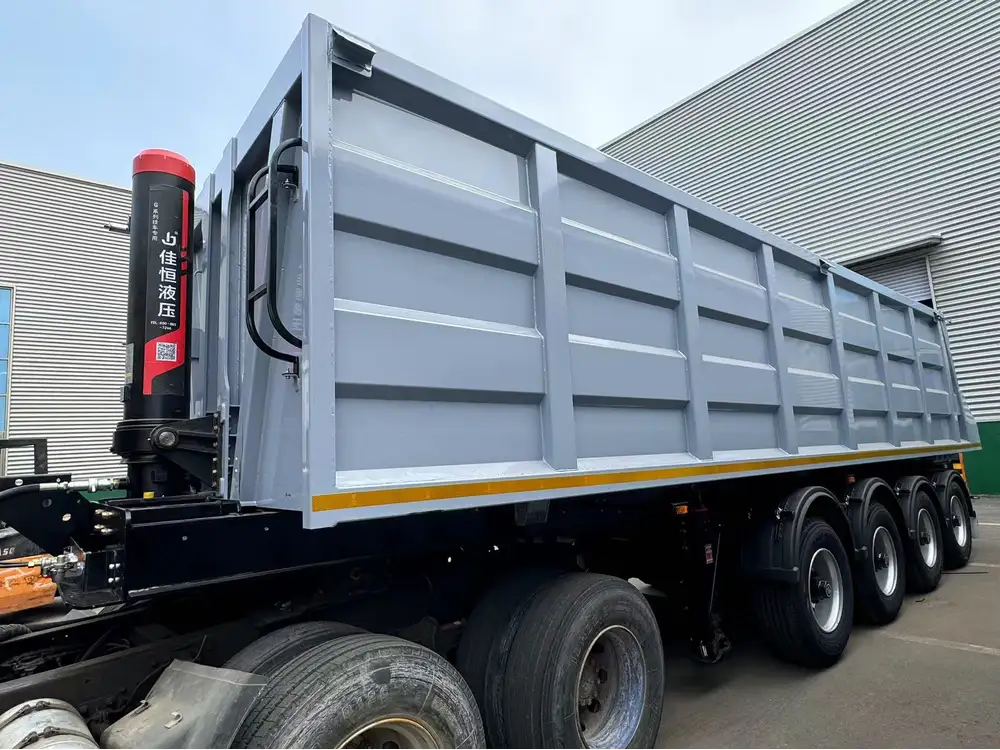
Breakdown of Weight Classes
Understanding the weight classes is vital for compliance and efficiency. Below is a comparative breakdown of different flatbed trailer weights:
| Weight Class | Typical Weight Range | Example Models |
|---|---|---|
| Light-Duty Trailers | 5,000 – 7,000 lbs (2,268 – 3,175 kg) | 20 – 40 ft standard flatbeds |
| Standard Trailers | 10,000 – 12,500 lbs (4,536 – 5,669 kg) | 53 ft flatbed trailers |
| Heavy-Duty Trailers | 12,500 – 15,000 lbs (5,669 – 6,804 kg) | Specialty models with extra reinforcements |
The design and structure of a flatbed can significantly alter its empty weight, yet the variation in weight is vital for ensuring load distribution adheres to regulations and operational needs.
Factors Influencing the Weight of a 53-Foot Flatbed Trailer
1. Material Composition
The materials used during manufacturing greatly influence the overall weight.
- Steel: More durable and heavy, providing better stability for heavy loads but adds to the overall weight.
- Aluminum: Lightweight and resistant to corrosion, ideal for improving payload capacity.
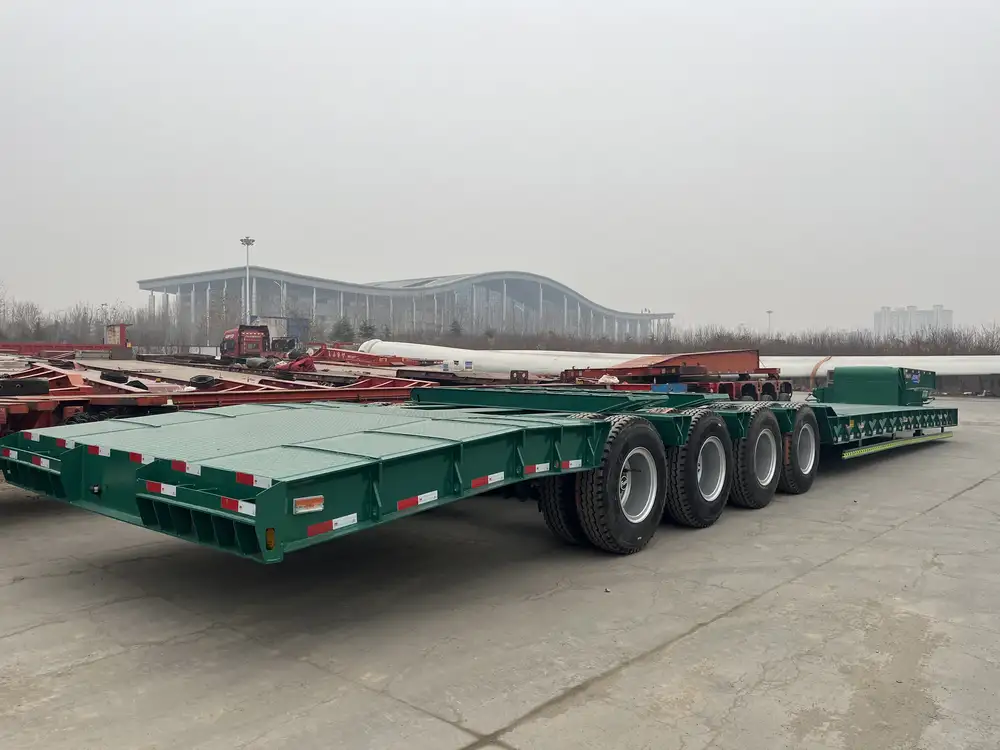
2. Axle Configuration
The trailer’s axle type also plays an important role in its total weight.
- Single Axle: Generally lighter but limits maximum load capacity.
- Tandem Axle or Triple Axle: Increases weight but offers improved load distribution and stability, which allows for carrying heavier loads safely.
3. Design Features
Additional design specifications, such as height, width, and the inclusion of extra features (like ramps, stakes, or toolboxes), can increase the weight yet optimize functionality.
4. Regulatory Compliance
Compliance with Department of Transportation (DOT) regulations often influences trailer weight specifications, especially as it pertains to safety and load requirements.

Understanding Payload Capacity
When operating a 53-foot flatbed trailer, the ‘payload capacity’ is crucial. It defines how much weight the trailer can handle once the unit’s own weight is factored in.
Calculating Payload Capacity
To determine payload capacity, it is essential to subtract the trailer’s weight from the Maximum Gross Vehicle Weight Rating (GVWR):
[ \text{Payload Capacity} = \text{GVWR} – \text{Trailer Weight} ]Example Calculation:
- GVWR: 80,000 lbs
- Trailer Weight: 12,500 lbs
This means the maximum load you can carry is 67,500 lbs, providing flexibility in your operations.

Implications of Weight on Operational Effectiveness
1. Efficiency in Transportation
Understanding the weight of your flatbed trailer directly affects fuel efficiency. Heavier loads require more power and can increase operational costs. This is an essential consideration for long hauls, where weight disparities can lead to substantial fuel expenditures.
2. Legal Compliance and Limitations
Adhering to weight limits set by federal and state regulations is imperative. Overloading a flatbed trailer can lead to significant penalties, potential legal issues, and safety hazards. It is crucial to regularly check the weight of the trailer and loads.
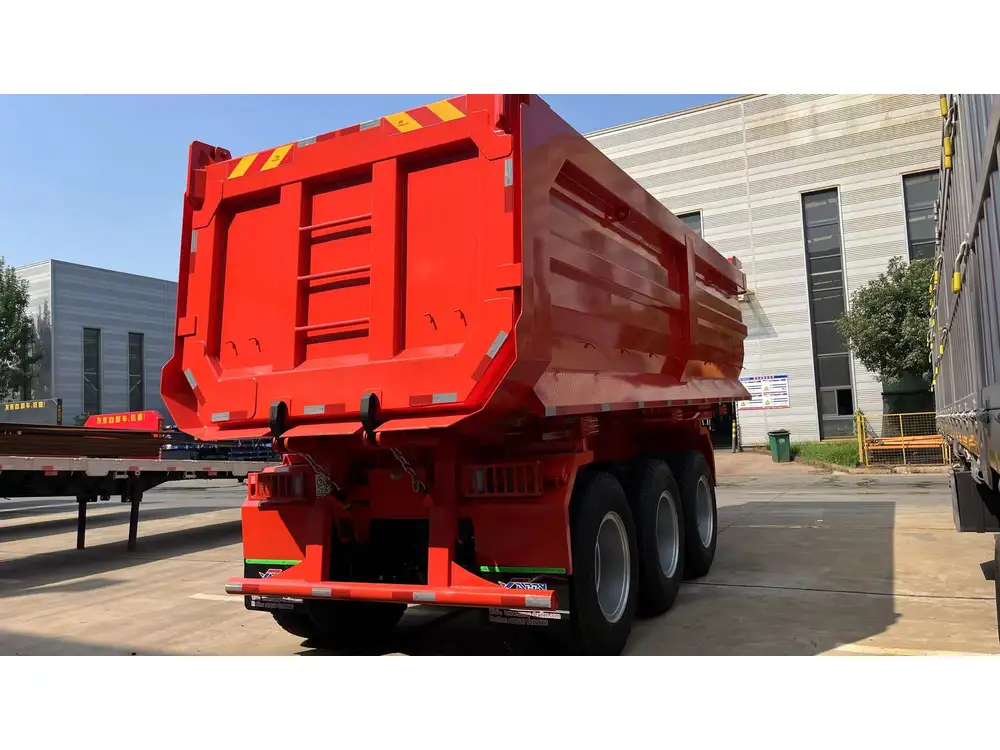
3. Safety Considerations
Exceeding the weight limits can jeopardize safety. A properly loaded trailer behaves predictably, while an overloaded trailer can experience issues such as swaying, loss of control, tire blowouts, or even accidents.
Care and Maintenance for Optimal Weight Management
Regular maintenance and inspections can significantly improve the longevity and effectiveness of a 53-foot flatbed trailer. Here’s how:
| Maintenance Area | Best Practices |
|---|---|
| Tire checks | Monitor tire pressure to avoid overloading and wear |
| Brake inspections | Ensure braking systems function effectively under load |
| Structural integrity | Regularly examine frame and welds for signs of fatigue |
| Weight calibration | Weigh loads regularly to ensure compliance with regulations |
Incorporating these practices can maintain your trailer’s optimal weight performance and operational safety.
Choosing the Right 53-Foot Flatbed Trailer
When considering which flatbed trailer model suits your needs, several factors come into play:

1. End-Use Application
Determine the primary use—be it construction materials, machinery transport, or oversized cargo. A more robust structure may be required for heavier applications.
2. Material Decision
Consider whether lightweight materials such as aluminum or heavier, more durable materials like steel are more aligned with your operational needs.
3. Budget Constraints
Weigh the initial investment against long-term savings in fuel efficiency and durability. A higher upfront cost could lead to reduced operational expenses over time.
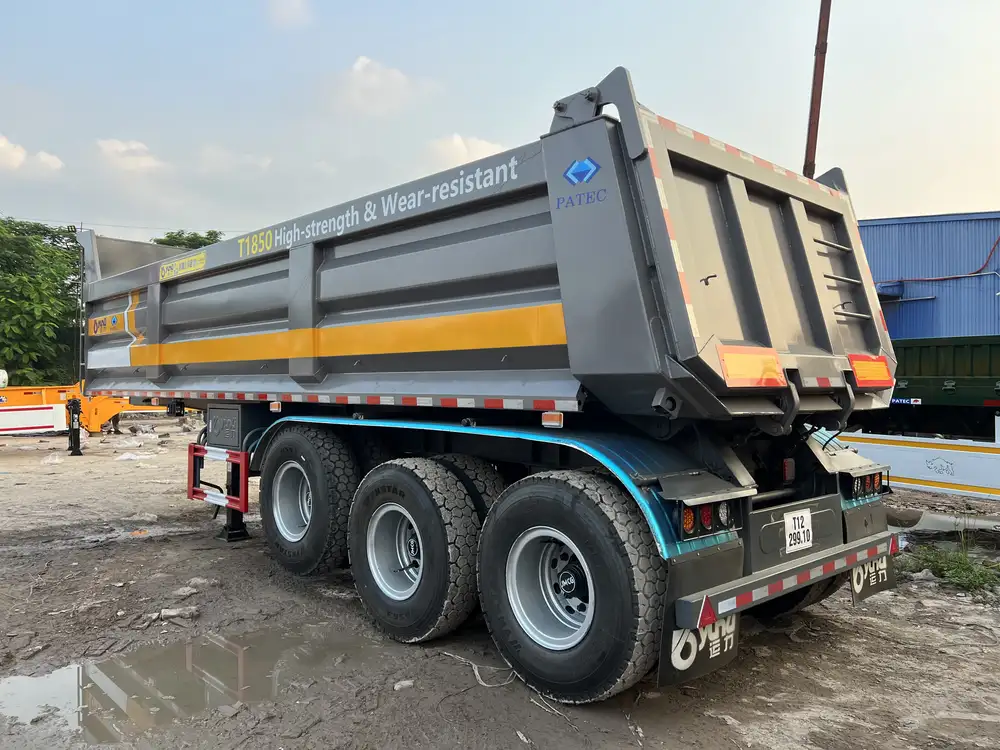
4. Reputation and Reliability of Manufacturer
Select manufacturers known for high-quality trailers. This can safeguard against potential pitfalls that arise from using substandard products.
Frequently Asked Questions
How do I determine the exact weight of my loaded 53-foot flatbed trailer?
- To determine the weight, utilize a calibrated weighbridge or truck scale. This allows for precise measurement of total vehicle weight, which includes the trailer and the load.
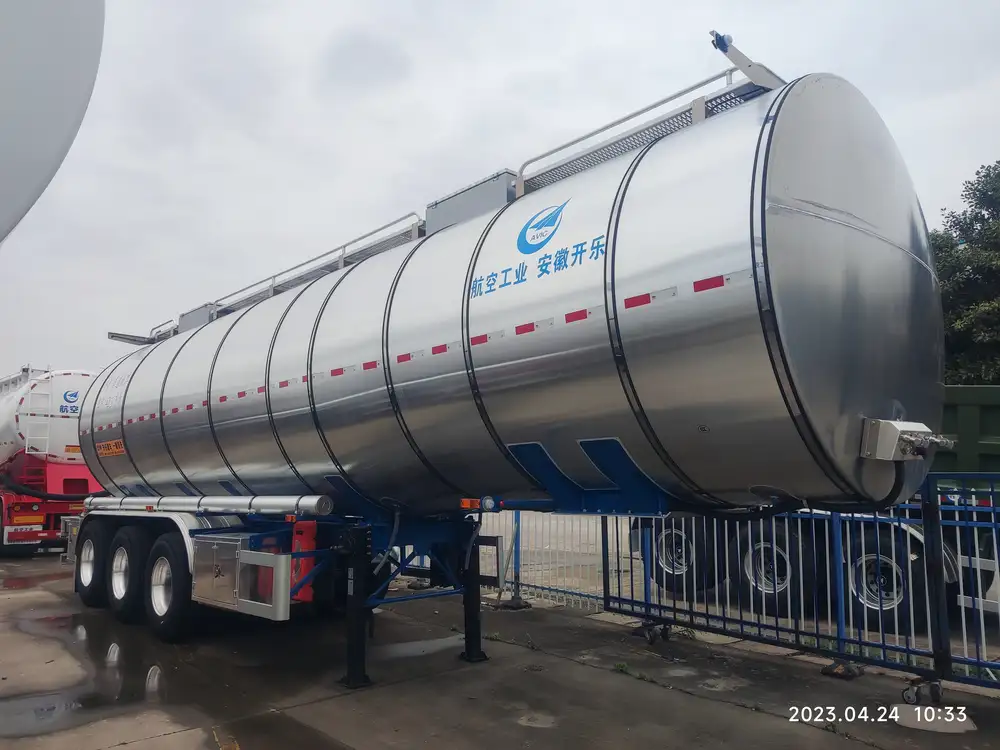
What is the maximum allowable weight for a 53-foot flatbed trailer on highways?
- While the Federal Highway Administration sets a maximum GVWR of 80,000 lbs (36,287 kg) across the U.S. roadways, local regulations may impose different limits, so it’s essential to check with local authorities.
What maintenance should I perform to ensure my trailer’s weight remains within limits?
- Regularly check tire pressures, examine load weight before departure, inspect brakes, and perform structural checks to ensure everything is in compliance.
Conclusion
Navigating the complexities of trailer weight, especially for a 53-foot flatbed trailer, is essential for logistic success. Manufacturers and operators alike must maintain a keen understanding of their trailers’ specifications, weight implications, and the various factors that can impact their carrying capacity. By making informed decisions and adhering to regulations, users can enhance operational safety, efficiency, and compliance in their transportation needs.
Arming yourself with this in-depth knowledge not only positions you favorably in your operational vehicle choices but also contributes to a smoother logistical performance, ultimately leading to increased profitability and reduced operational headaches in the long run.



